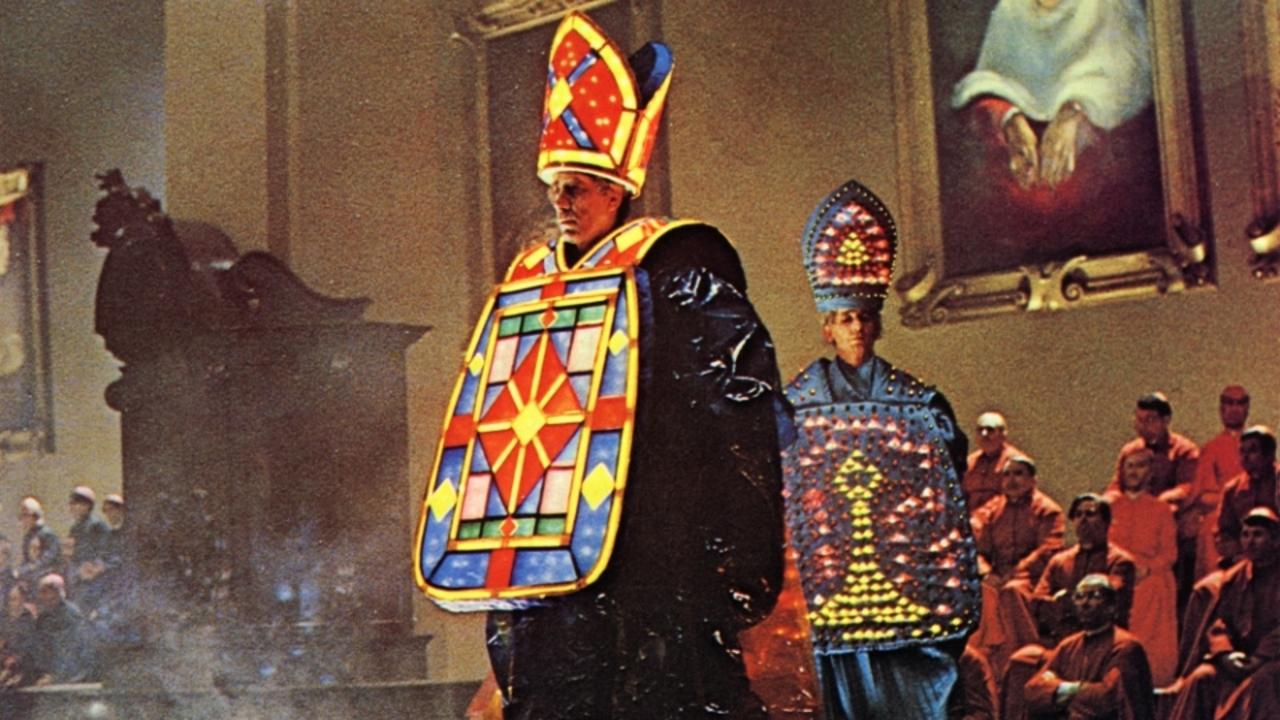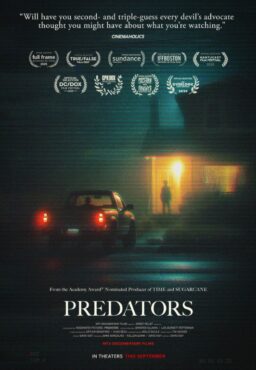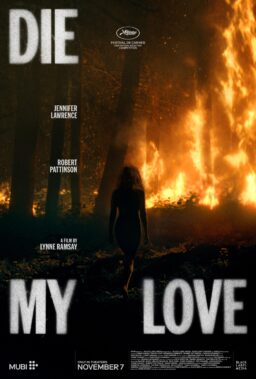Few directors have reached such great heights and then fallen as far as Federico Fellini. His 1963 movie “8 1/2” revolutionized film grammar by relying on dream logic for its inspiration. Unfortunately, his 1965 follow-up “Juliet of the Spirits” tried the same approach, throwing Fellini’s experimentation with LSD into the mix, and turned out to be a self-indulgent mess. He tried to make a female counterpart of “8 1/2” and only showed that he had lost his insights into women’s psyches, shown in films like “La Strada” (1954) and “Nights of Cabiria” (1957). “Felliniesque” had come to mean a watered-down surrealism, and with a few exceptions, the director would never get his groove back. The 1968 horror short “Toby Damnit,” featuring an unforgettable performance by Terence Stamp, is one such exception. The 1972 film “Roma,” now receiving a release on Blu-ray and DVD from the Criterion Collection, is the other major one.
The frustrating thing about “Roma” is that one can see Fellini testing out ideas he’d use to lesser effect in later films. The first part, which takes up about 40 minutes, is set in Rome during World War II. It features a reporter (Peter Gonzales) who seems to be a Fellini stand-in. Here is the genesis of his overtly autobiographical “Amarcord” (1973). But this section of “Roma” makes magic by swirling Fellini’s genuine memories of Fascist Italy with a hallucinatory shifting of place. One moment, the reporter is in a house with a “little grandma” and a morbidly obese woman; the next, he’s on a movie set.
The cinematography of “Roma” is so dark that earlier VHS editions of this film must have looked like mud. The few daytime exterior scenes are a relief. Criterion has done an excellent job of cleaning up the film so that it looks legible while still preserving the somber original look. However, the most striking formal element of this film is its sound design. “Roma” is meant to be played loud. While Robert Altman had only made a few features by 1972, Fellini seems to be taking a cue from his films—or perhaps Jacques Tati’s—by mixing ambient noise, music and people talking. I don’t think the spectator is intended to pick up on every individual element; the overall impact is what’s important.
The second part of “Roma” takes place in the present day, with flashbacks to the Fascist era. It begins with a magnificent set piece of a film crew entering the outskirts of Rome. This is paralleled by an ending depicting a motorcycle gang exiting the city. In between, Fellini portrays another stand-in for himself: this time as a filmmaker struggling to make a film about Rome.

“Roma” isn’t a documentary, but it features cameos by Gore Vidal and Anna Magnani as themselves. (Vidal says he lives in Rome because it’s a good place to watch the apocalypse coming; Magnani refuses to talk to Fellini on camera.) Yet it follows in the footsteps of a genuine Fellini documentary, “The Clowns” (1970), and as outre as it gets, it always maintains the sense of reality lost by most of his later films. The scenes of massive crowds of hippies hanging around a piazza, playing guitars and flutes, feel genuine, even if later confrontations between these youth and cops are obviously staged. However, most of the picture, including the scenes of the film crew approaching Rome, was shot on Cinecitta backlots and sets.
This film may be best known for its clerical fashion show, which starts off mildly kitschy and ends up wildly over-the-top, a kind of “Rocky Horror Picture Show” for cardinals and popes. One of Fellini’s best-known descendants, Ken Russell, could never have made “The Devils” without the Italian director’s influence (yet I doubt Fellini had the anger to make Russell’s denunciation of Christian hypocrisy). But among contemporary Italian directors, Paolo Sorrentino is the closest successor to Fellini—his biggest hit, “The Great Beauty,” is a tribute to 1960’s “La Dolce Vita,”—but I think he works best away from his hero’s spell. Incidentally, Sorrentino pops up among the “Roma” disc supplements for an interview.
Though “Roma” has the dreamlike flow of “8 1/2” and most late Fellini films, it works here in a way that often didn’t for the director. It approaches the real world with respect—Fellini says that he views the hippies’ free love philosophy as a healthy alternative to his generation’s reliance on brothels—even in the midst of a burlesque show, where an innocuous song about cats suddenly turns sinister when the MC jumps onstage to read news about the American invasion of Italy. Later on, Fellini would lose his ability to deal with reality altogether; his satire on feminism, “City of Women” (1980), mostly just showed how little he understood the women’s liberation movement. “Roma” accomplishes a unique synthesis. It’s a fantasy—and at times, an outrageous one—that reveals the full face of Fellini’s beloved Rome.
Federico Fellini’s “Roma” is now available via the Criterion Collection. To order your own Criterion copy of “Roma,” click here.












